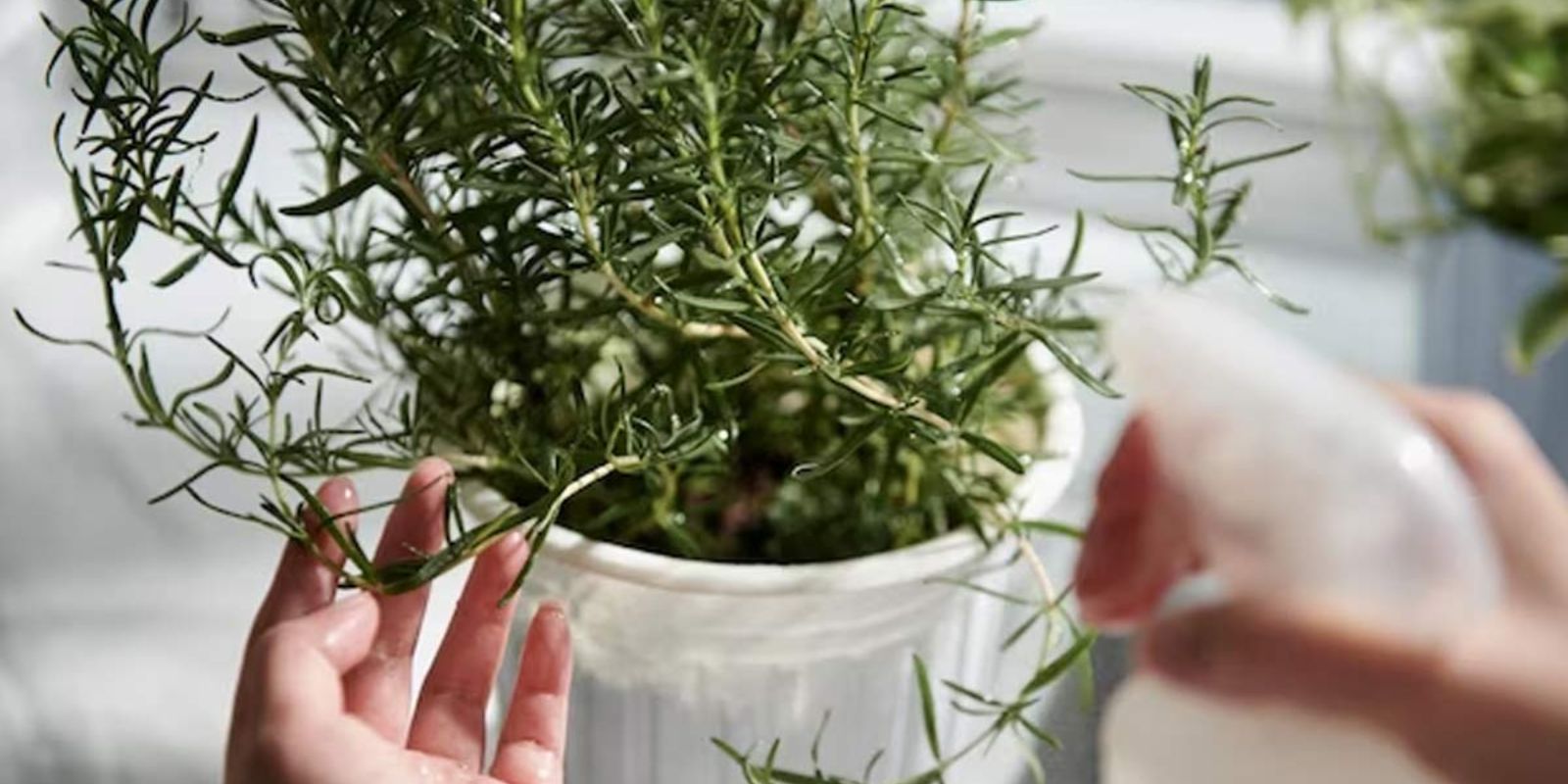Rosemary, a beloved herb known for its aromatic leaves and versatile uses in the kitchen, is cherished by gardeners and cooks alike. However, despite its hardy reputation, rosemary can sometimes struggle with dryness, particularly when grown in less-than-ideal conditions. Fortunately, there’s a gardener’s secret that can help you keep your rosemary lush and thriving, ensuring it remains a vibrant and productive part of your garden.
In this article, we’ll delve into the key strategies for preventing rosemary from drying out, discuss why these methods work, and provide practical tips for maintaining healthy, robust plants. Whether you’re a seasoned gardener or a newcomer to herb cultivation, these insights will help you achieve a thriving rosemary plant.
Understanding Rosemary’s Needs
Before we dive into the solutions, it’s important to understand rosemary’s natural habitat and its specific needs. Native to the Mediterranean region, rosemary thrives in environments with well-draining soil, plenty of sunlight, and relatively low humidity. These conditions contribute to its robustness and resilience. However, when grown in different climates or indoor settings, rosemary may require additional care to replicate these ideal conditions.
Rosemary plants are adapted to withstand dry conditions, but they are not immune to problems associated with improper care. Overwatering, poor soil drainage, and lack of sunlight are common issues that can lead to dryness and other health problems in rosemary plants.
Key Strategies for Keeping Rosemary Lush
To keep your rosemary healthy and prevent it from drying out, consider implementing the following strategies:
1. Choose the Right Soil
Rosemary requires well-draining soil to thrive. Soil that retains too much moisture can lead to root rot and other issues. To create the ideal growing environment for rosemary, use a soil mix designed for herbs or succulents.
- Soil Composition: A good mix includes sand or perlite to enhance drainage. You can also amend your garden soil with these materials to improve its drainage capabilities.
- Container Gardening: If growing rosemary in pots, choose containers with drainage holes to ensure excess water can escape.
2. Water Properly
Watering is a critical aspect of rosemary care. While rosemary is drought-tolerant, it still needs to be watered correctly to maintain its health.
- Watering Frequency: Water rosemary thoroughly but less frequently. Allow the top inch of soil to dry out between waterings. Overwatering can lead to root rot and dryness in the long run.
- Watering Technique: When watering, aim to provide enough moisture to reach the root zone, but avoid soaking the soil. A deep watering is preferable to shallow, frequent waterings.
3. Use Mulch
Applying mulch around your rosemary plant can help maintain consistent moisture levels and protect the roots from extreme temperature fluctuations.
- Mulch Type: Use organic mulch such as wood chips, straw, or shredded bark. Mulch helps retain soil moisture, reduces evaporation, and keeps the root zone cool.
- Application: Apply a layer of mulch around the base of the plant, keeping it a few inches away from the stem to prevent moisture from accumulating around the base.
4. Provide Adequate Light
Rosemary needs plenty of sunlight to grow and thrive. Adequate light is essential for robust foliage and overall plant health.
- Sunlight Requirements: Aim for 6-8 hours of direct sunlight per day. If growing rosemary indoors, place it in a sunny window or use grow lights to provide the necessary light levels.
- Outdoor Placement: For outdoor rosemary plants, choose a location that receives full sun exposure. Avoid planting in shaded areas where light is limited.
Additional Tips for Healthy Rosemary Plants
In addition to the primary strategies for preventing dryness, consider these additional tips to keep your rosemary thriving:
1. Pruning
Regular pruning helps maintain the shape of your rosemary plant and encourages new growth. Prune your rosemary to remove any dead or damaged stems and to promote a bushier growth habit.
- Pruning Frequency: Prune rosemary every few months, or as needed, to keep the plant healthy and prevent it from becoming leggy.
- Pruning Technique: Use clean, sharp scissors or pruning shears to make clean cuts. Avoid removing more than one-third of the plant at a time.
2. Fertilization
Rosemary benefits from occasional feeding to replenish soil nutrients. Use a balanced, water-soluble fertilizer to provide essential nutrients.
- Fertilization Schedule: Feed rosemary once or twice during the growing season, following the manufacturer’s instructions for application rates.
- Organic Options: For an organic approach, you can use compost or well-aged manure to enrich the soil.
3. Pest and Disease Management
Rosemary is relatively resistant to pests and diseases, but it’s important to monitor for any issues that may arise.
- Common Pests: Watch for pests like aphids and spider mites. If detected, treat with insecticidal soap or neem oil.
- Disease Prevention: Avoid overhead watering and ensure good air circulation around the plant to prevent fungal diseases.
Why These Methods Work
The strategies outlined above address the specific needs of rosemary and help recreate its ideal growing conditions:
- Soil Drainage: Well-draining soil prevents waterlogging and root rot, ensuring that rosemary roots receive adequate oxygen and do not become waterlogged.
- Proper Watering: By watering deeply and infrequently, you mimic the natural dry periods rosemary is accustomed to, promoting strong root development and resilience.
- Mulching: Mulch helps regulate soil moisture and temperature, creating a stable environment for the plant’s roots.
- Sunlight: Providing ample sunlight supports photosynthesis and overall plant health, contributing to vigorous growth and lush foliage.
Motivation: Transform Your Rosemary Care Today!
With these proven techniques, you can transform your rosemary care routine and enjoy a thriving, vibrant plant. Keeping rosemary lush and healthy not only enhances your garden but also ensures you have a steady supply of this versatile herb for your culinary creations.
Have you tried any of these methods for keeping rosemary thriving? Share your experiences and tips with us! Your insights might inspire others to improve their rosemary care and enjoy the benefits of a flourishing herb garden.

